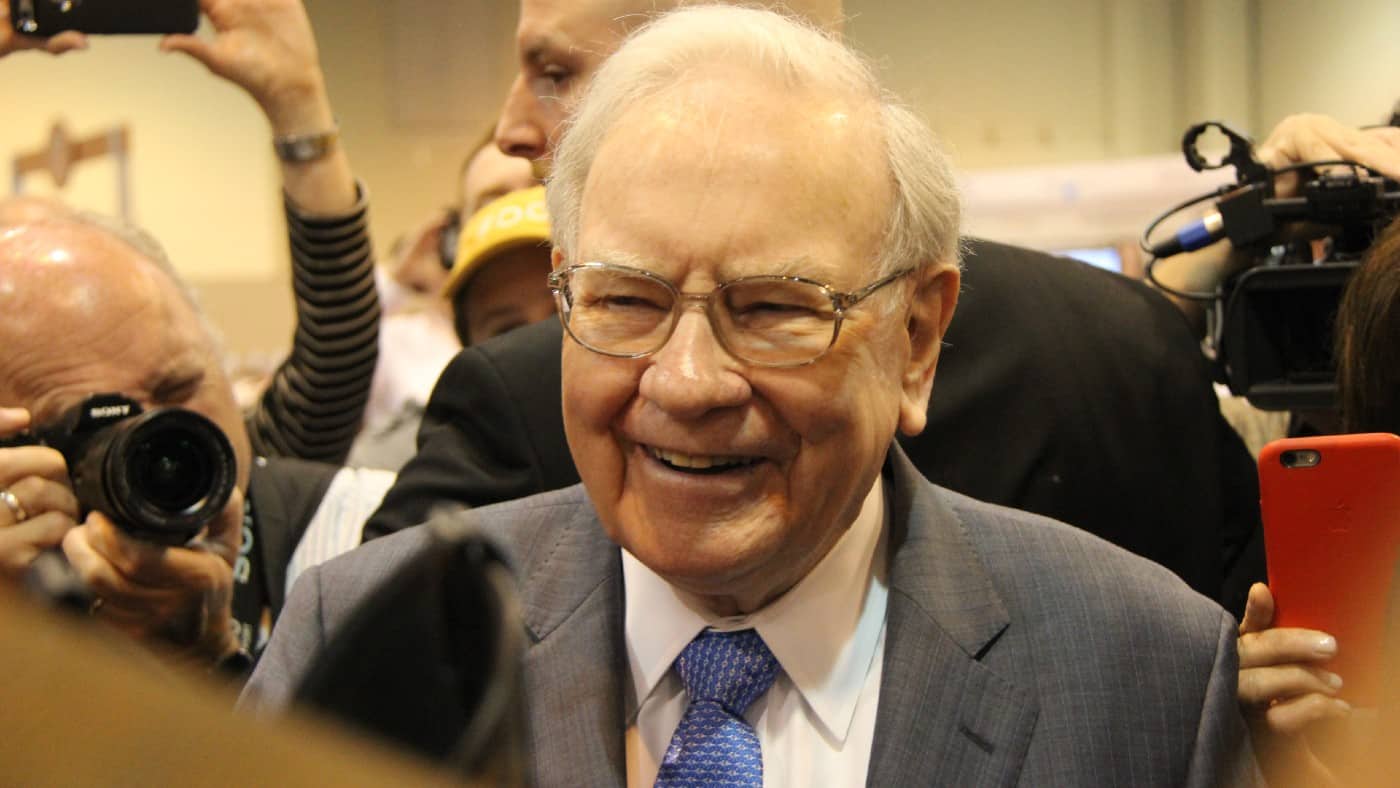Billionaire investor Warren Buffett currently has 41 stocks in his Berkshire Hathaway portfolio. Yet, of the total $283bn invested, $165bn of this is currently allocated to just three companies: Apple (NASDAQ:AAPL), American Express, and Bank of America Corp.
Since he first invested in each, the returns have been quite extraordinary, with Apple leading the pack by a significant margin.
| Company | Industry | Shares Owned | Value | Average Return |
| Apple | Technology | 400 Million | $91.8bn | +479.2% |
| American Express | Financial Services | 152 Million | $41.2bn | +388.7% |
| Bank of America Corp | Banking | 785 Million | $31.5bn | +55.2% |
Given that Buffett has a reputation for investing only in top-notch companies, it begs the question of whether investors should follow in his footsteps. After all, he’s generated some staggering returns of almost 20% a year since the 1960s – double what the S&P 500 has delivered over the same time period.
Passive income stocks: our picks
Do you like the idea of dividend income?
The prospect of investing in a company just once, then sitting back and watching as it potentially pays a dividend out over and over?
If you’re excited by the thought of regular passive income payments, as well as the potential for significant growth on your initial investment…
Then we think you’ll want to see this report inside Motley Fool Share Advisor — ‘5 Essential Stocks For Passive Income Seekers’.
What’s more, today we’re giving away one of these stock picks, absolutely free!
Quality isn’t always a good investment
In the near term, the stock market’s driven by investor sentiment and momentum. However, over longer periods, the performance of a stock is ultimately tied to that of the underlying business. If revenue, earnings, and cash flow consistently trend upwards, shares will naturally follow.
Therefore, investing in high-quality businesses is crucial, as Buffett’s clearly demonstrated. But even the best businesses in the world can be a terrible investment if the wrong price is paid. And the same is true for Buffett’s largest holdings. Let’s zoom into his biggest position right now, Apple.
The technology giant needs no introduction. Today, there are an estimated 1.4bn active iPhone users around the world, many of whom also rely on other services, from technical support to payment processing and video streaming.
With a cult-like following from its customer base, management’s been able to exercise some extraordinary pricing power even in a highly competitive market like smartphones. And the nurturing of its competitive edge is how the business has grown to become one of the largest in the world, with a market capitalisation of $3.5bn.
Investigating the valuation
On a price-to-earnings (P/E) basis, Apple shares currently trade at an earnings multiple of 35. That’s ahead of the S&P 500’s current P/E ratio of 30, which is pretty elevated compared to the historical average of 18. In other words, this business is currently trading at a premium driven by future performance expectations.
Given the firm’s quality and popularity, that’s not surprising. But are current investor expectations justified? In September, Apple launched the latest iPhone 16 – the first of its smartphone models to be powered by artificial intelligence (AI). Despite a lot of hype, early sales have seemingly been quite weak. At least in comparison to previous launches.
While inflation‘s cooled, the elevated prices of goods across the board are still taking a toll. In many cases, salaries haven’t been adjusted to the higher cost of living, meaning there’s little wiggle room for discretionary spending even with the Christmas period coming up.
Some analysts are expecting the future launch of the iPhone 17 to trigger a new upgrade cycle among consumers. And if that’s the case, Apple’s current valuation makes some sense. Yet, that’s still a number of years away and not guaranteed to happen. So it’s up to investors to decide if they’re comfortable taking that risk.







